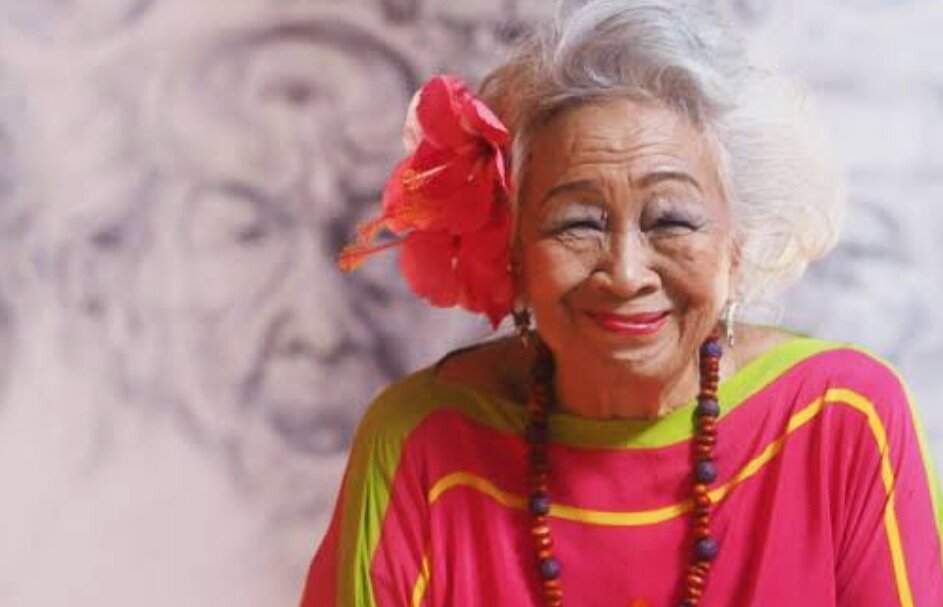Kartika Affandi
"The face of my father still motivate and inspire me to life a purposeful life - a life filled with courage, passion and purpose”, said Kartika - even after having painted 100 series of Portraits of Affandi.
Kartika Affandi born in Jakarta, November 27, 1934, is an Indonesian painter.
Kartika is Affandi’s daughter from his first wife, Maryati. Her educational journey started from Taman Dewasa in Taman Siswa Jakarta, then she studied art at the University of Tagore Shantiniketan India. She also learnt about sculpting at the Polytechnic School of Art London.
From the age of seven, Kartika was instructed by Affandi in how to paint with fingers and tubes directly on the canvas. Any mixing of colours is done on her hands and wrists. Kartika has no permanent studio; like Affandi, she prefers to paint outside in the village environment where she interacts directly with her subjects and on-lookers. This contrasts with most contemporary Indonesian painters, who work in their studios from mind-images, memory, photographs or sketches.
In a modern art world born in 1930s, in which men were still the predominant actors, Kartika is one of a small group of women who from the mid-1980s have succeeded in exhibiting their work on a regular basis and in gaining limited critical recognition. Even in this context, Kartika's art emerges as unique, ranging as it does from conventional to subversive.
In a culture where the individual self rarely is put to the fore, Kartika had made the self-portrait one of her main themes. In a society where emotion is suppressed, both publicly and privately, Kartika fills her canvases with intense feeling. In culture where genitals are considered taboo in representation, Kartika has painted her own nudity graphically and without the prescribed, distancing sweetness, never depicting the body as an object of pleasure, whether that of others or her own.
Not surprisingly given their close bond, Kartika has painted numerous penetrating portraits of her father, right through the last years of debilitating illness at the end of his life. Following in the populist footsteps of Affandi, Kartika also has a long history of painting rural and dispossessed people such as fishermen, farmers, workers and beggars. Since these individuals pose while interacting with her and exchanging life histories as she paints, these must be considered portraits.
Although narrative, her paintings when viewed close up dissolve into strong, abstract statements in energetically applied impasto oils. Kartika's work ranges from the sweet and idyllic to an expressive realism that can be harsh. The latter is evident in her paintings of beggars, handicapped people and suffering animals and in her uncompromising depiction of the progress of old age, whether painting a stranger, her father, or herself.


